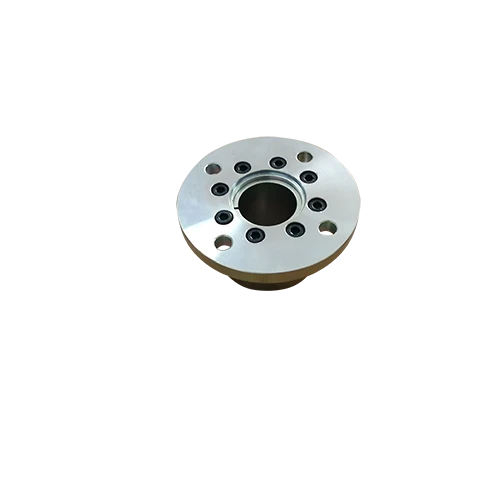Mobile:+86-311-808-126-83
Email:info@ydcastings.com
Understanding the Techniques and Benefits of Iron Casting in Manufacturing Processes
The Iron Casting Process An Overview
Iron casting is a widely used manufacturing process that involves pouring molten iron into a mold to create a specific shape. This method is integral to many industries, including automotive, aerospace, and construction, as it enables the production of complex shapes and components with excellent mechanical properties. The iron casting process not only allows for the creation of intricate designs but also offers significant advantages such as cost-effectiveness, scalability, and durability.
The Iron Casting Process Steps
The iron casting process can be broken down into several key steps
1. Pattern Making The first step in the iron casting process is the creation of a pattern, which replicates the final product’s shape and dimensions. Patterns are usually made from materials such as wood, metal, or plastic, and they are designed to be slightly larger than the final product to accommodate for shrinkage that occurs when the molten iron cools and solidifies.
2. Mold Preparation Once the pattern is ready, it is used to create a mold. The mold can be made from sand, metal, or other materials, but sand casting is the most common form due to its adaptability and ease of use. The pattern is pressed into a mixture of sand and a bonding agent, forming a cavity that reflects the desired shape of the cast piece.
3. Melting the Iron The next step involves melting the iron, which is typically done in a furnace. The iron is heated to a temperature of about 1,500 degrees Celsius (2,732 degrees Fahrenheit) until it reaches a liquid state. In this stage, alloys or additives may be introduced to enhance the material properties of the iron, such as improving strength or corrosion resistance.
4. Pouring the Molten Iron Once the iron has melted completely, it is poured into the prepared mold. This process must be executed carefully to avoid defects, as any contamination or improper pouring can lead to weak spots or porosity in the final product. The molten iron fills the cavity of the mold, taking on its shape.
iron casting process

5. Cooling After pouring, the molten iron begins to cool and solidify. The cooling time depends on the size and complexity of the casting. Throughout this process, it is crucial to control the cooling rate to prevent cracking or warping.
6. Removing the Mold Once the iron has fully solidified, the mold is removed. In sand casting, this typically involves breaking away the sand to reveal the cast iron object. The pattern is often reused for multiple casts, making it a cost-effective manufacturing method.
7. Finishing Operations After demolding, the iron casting requires several finishing operations to achieve the desired surface quality and dimensional accuracy. This can include processes such as grinding, machining, or sandblasting, which ensure that the final product meets the specified tolerances and surface finish requirements.
Advantages of Iron Casting
The iron casting process offers numerous advantages that make it a preferred choice in many applications. These include
- Complex Shapes Iron casting is capable of producing intricate geometries that might be impossible with other manufacturing methods. - Material Efficiency The process reduces waste, as excess material can often be recycled and reused in future pours. - Cost-Effectiveness Especially in high-volume production, iron casting can offer competitive pricing compared to other manufacturing methods.
Conclusion
Iron casting is a crucial manufacturing process that has stood the test of time, providing industries with high-quality components that exhibit durability and strength. Understanding the steps involved in the process, along with its advantages, can help businesses make informed decisions regarding their production methods and material choices. As technology advances, the iron casting process continues to evolve, integrating innovative techniques to further enhance efficiency and quality.
-
Understanding Metal Casting TechniquesNewsApr.02,2025
-
Understanding Exhaust Manifolds for Enhanced Engine PerformanceNewsApr.02,2025
-
The World of Metal FabricationNewsApr.02,2025
-
Key Components for Pump and Turbo EfficiencyNewsApr.02,2025
-
Essential Tools for Automotive Maintenance and RepairNewsApr.02,2025
-
Durable Valve Components for Effective Water ManagementNewsApr.02,2025











